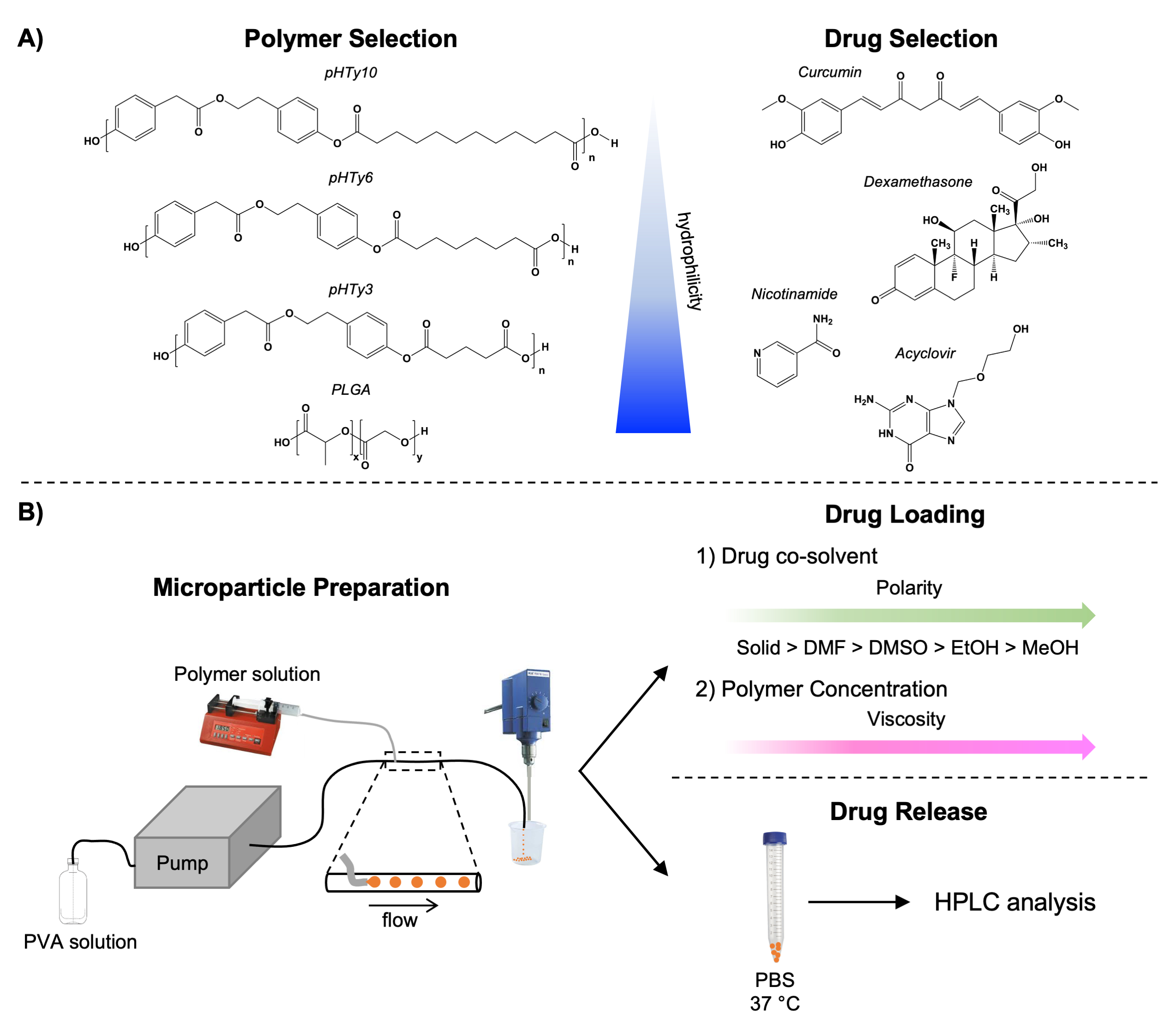3588505
Tyrosol derived poly(ester-arylate)s for sustained drug delivery from microparticles
Date
August 24, 2021
Related Products
Automated discovery of single-chain polymer nanoparticles that mimic proteins
The remarkable structure-function behavior of proteins inspires polymer scientists to develop synthetic analogs despite lacking sequence control. To start this challenging problem, we first look at how proteins develop these exquisite properties; namely, statistical evolution…
Automation and active learning for the autonomous design of polymer biomaterials
The seamless integration of synthetic materials with biological systems long remains a grand challenge, often curtailed by the sheer complexity of the cell-material interface…
Fully automated platform for photoinitiated RAFT polymerization
Oxygen tolerant polymerizations including Photoinduced Electron/Energy Transfer-Reversible Addition-Fragmentation Chain-Transfer (PET-RAFT) polymerization allow for high-throughput synthesis of diverse polymer architectures on the benchtop in parallel…
Lightbox control of photoinitiated polymerizations in well plates
Photoinitiated polymerizations are increasingly being used to synthesize new materials with defined molecular weight and dispersity…



